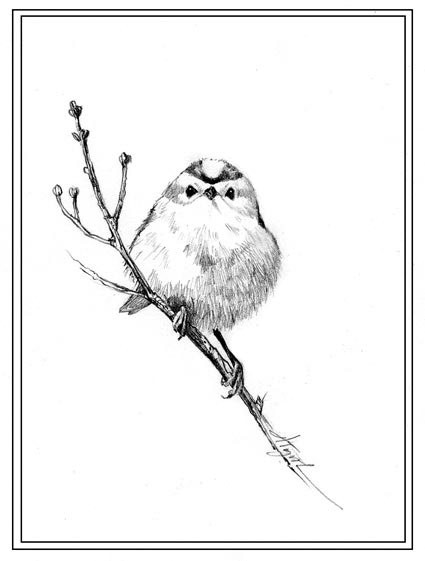
The only regal thing about the golden-crowned kinglet is the crest of yellow-orange feathers atop its head. Everything else about this speck of a songbird’s appearance and behavior would make any proper monarch frown. It’s half the size of a black-capped chickadee yet twice as energetic: a gregarious and kinetic bird wrapped in unassuming olive-gray plumage. Yet this tiny creature faces head-on winters that animals fifteen thousand times its size (we’re looking at you, black bears) hide from.
Winter survival for animals in the Northeast often involves setting their metabolisms to “simmer” and waiting out the coldest months in a state of hibernation (in the case of many mammals) or some equivalent torpor (most reptiles, insects, amphibians). In the most dramatic cases (wood frogs, woolly-bear caterpillars), the animals simply freeze solid and thaw in spring. Songbirds, given the luxury of flight, often simply flee.
The golden-crowned kinglet – despite weighing barely more than a quarter with a length of three-to-four inches, half of that being tail – uses none of the above tricks. When most of our forests hunker down, enter stasis, the kinglet kicks its frenetic lifestyle into high gear.
It has to.
Unlike larger year-round songbirds who huddle up, puff their feathers, tuck in their heads, and become spheres of conserved energy, the tiny golden-crowned kinglet takes no such breaks. Its metabolism runs hot, even for a bird. Accordingly, the kinglet responds to winter’s cold by going hyperactive.
You’d be forgiven for expecting kinglets to have a varied diet of seeds and other foodstuffs that are – with a bit of effort – available in winter. This is, after all, how small birds like chickadees and titmice get by. The catch is that golden-crowned kinglets are almost exclusively insectivores. Oh, they might eat tiny bit of plant matter in winter, but the vast majority of their diet remains soft-bodied arthropods like mites, caterpillars, and spiders.
So if you notice that winter flocks of kinglets seem a bit manic, it’s because they spend literally the entire day foraging. They’re not flitting about for the sheer joy of it; every brief hover near the tip of a branch is a scan for the sparse insect food that is available in winter, an act of purest necessity. Eventually, no matter how early they rise, daylight ends. Temperatures drop. Even this brassy bird needs to put on the breaks for a winter’s night. And this is where things get mysterious.
Ornithologists agree that the kinglet simply doesn’t have enough capacity for energy storage to make it through the night unaided, no matter how many mites it devours. And particularly cold nights can be a death sentence that wipes out entire micro-populations. But, on balance, they do survive. Not only are they common across North America, their populations are of least concern to conservationists.
Theories on how these birds make it through the winter night conflict. Some argue that they must lower their metabolism and go into controlled hypothermia to survive the night, but no one has ever documented them doing so. Some populations seek shelter in abandoned squirrel nests, but despite an intensive study in Maine, naturalist Bernd Heinrich couldn’t find any evidence of his kinglets doing the same. Some huddle together in small groups in the dense branches of conifers, so many Lilliputian furnaces keeping each other warm. On the whole, though, the night is a dark spot in our knowledge of golden-crowed kinglets.
What we do know about the golden-crowned kinglet’s winter lifestyle is nothing short of astonishing. Here’s a bird that breaks all the rules of winter survival, and despite heavy attrition, continues to prosper.
It may have gotten its regal name from a quick glance at its sun-bright crest, but make no mistake: winter’s little king has earned its crown.


Discussion *